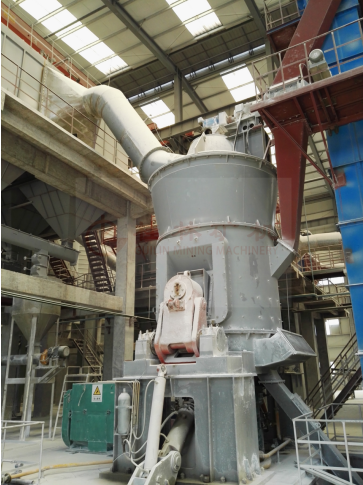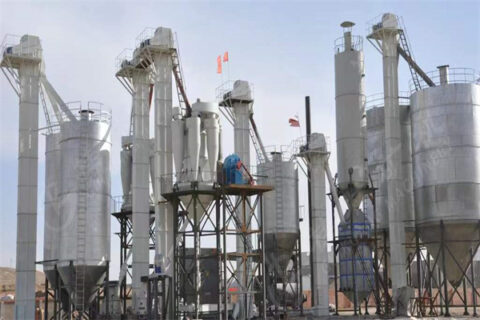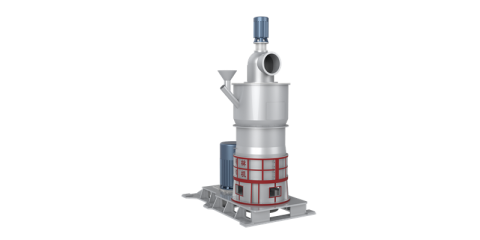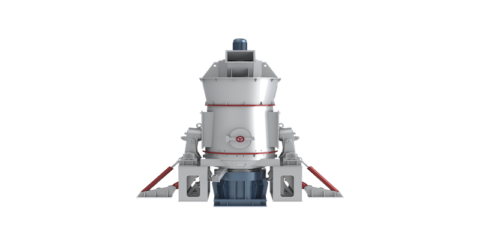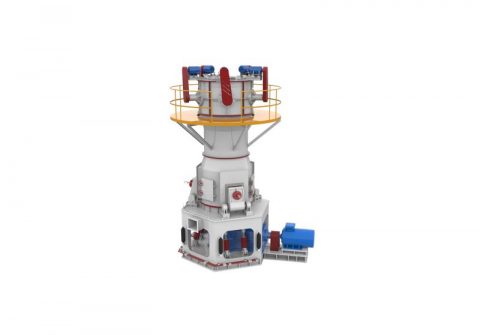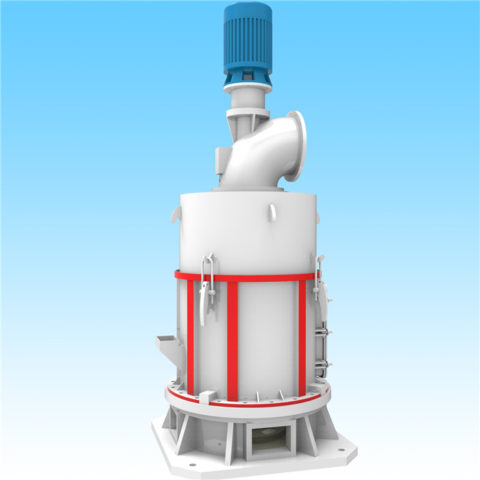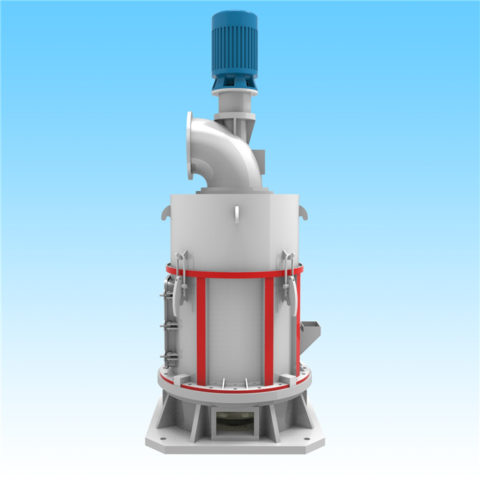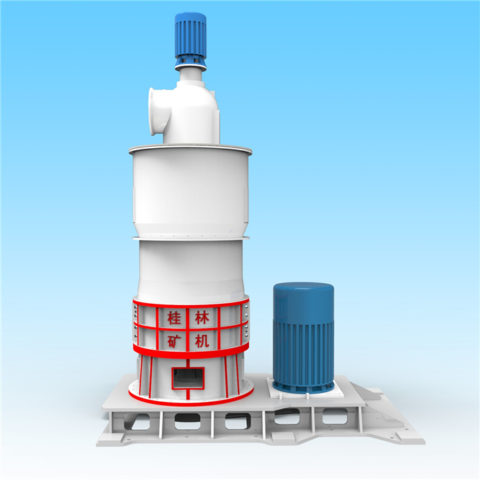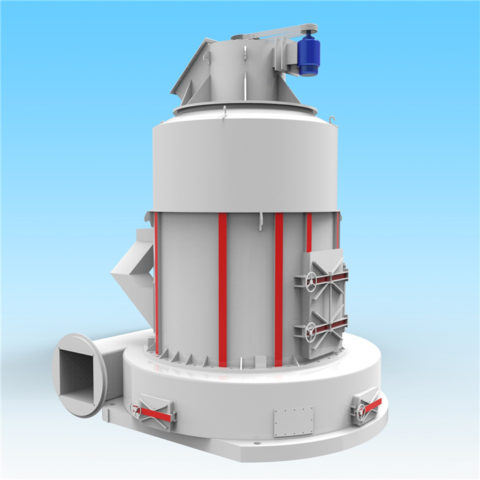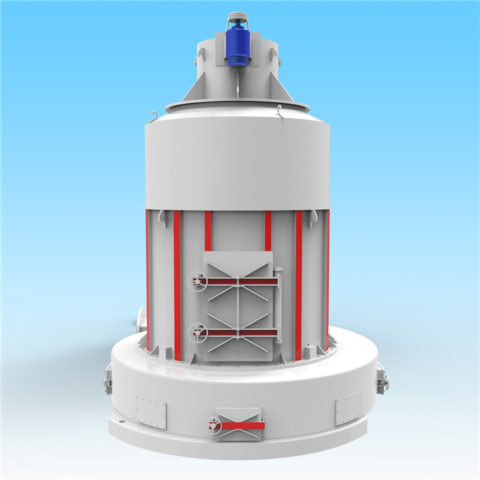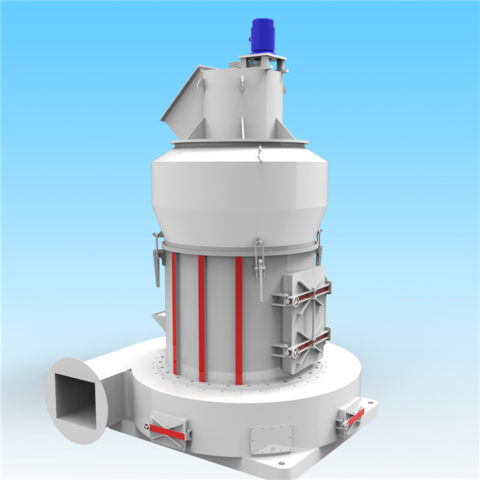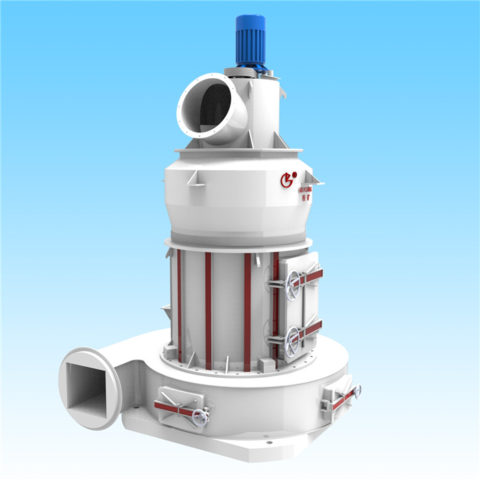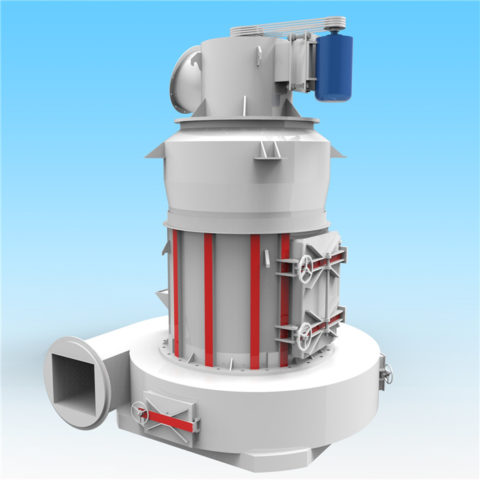Pyrite slag and pyrite powder are simply mineral raw materials and derived solid waste residue in industrial production. There is a great difference between the two. Pyrite powder is refined by deep processing of pyrite, and its indicators are different when applied in different fields. Pyrite slag, also known as cinder, is a kind of waste residue discharged from the production of sulfuric acid with pyrite or pyrite powder as raw material. One of the uses of pyrite powder is to produce sulfuric acid. Generally, every 10000 tons of sulfuric acid can produce about 7000-8000 tons of pyrite slag. Because there are many kinds of residual substances in pyrite slag, it will seriously pollute surface water and groundwater when discharged into water body or infiltrated into groundwater; In windy weather, slag powder will produce a lot of dust, which will seriously pollute the atmospheric environment. Therefore, the use of pyrite slag has been studied by scholars, and there are many uses at present. Let’s take a look at the specific differences between pyrite slag and pyrite powder and their uses.
Application of pyrite powder:
For a long time, pyrite has been the main raw material for sulfuric acid production in China, which is determined by the characteristics of China’s sulfur resources.
1. Mainly used for manufacturing sulfuric acid.
2. Some of them are used as chemical raw materials to produce sulfur and various sulfur-containing compounds.
3. Used in rubber, papermaking, textile, food, match and other industries and clothing industry.
4. It is used in the national defense industry to manufacture various explosive and smoking agents.
Pyrite powder index
1. Quality index of pyrite cinder in national standard
Pyrite cinder – as one of the products of mineral acid and as the raw material of iron smelting, the chemical composition of cinder must meet GB / t29502-2013. Especially, as grade I product, the total sulfur (not effective sulfur) is required to be less than 1%, and the requirements of K, O + Na, 0 ≤ 0.25% and tin (SN) ≤ 0.08% are added.
2. Main quality indexes of iron concentrate (powder)
The iron ore powder with high iron content that can be directly used for pig iron smelting in the iron and steel industry is called iron concentrate (powder).
1) Iron content: the iron concentrate (powder) with the content of more than 60% is generally considered as high-grade iron concentrate.
2) Harmful components: mainly including sulfur, phosphorus, silicon oxide, etc. Other harmful components mainly refer to copper, lead, zinc, tin, arsenic and alkali metals.
Overview of pyrite slag
The slag contains iron oxide and residual ferrous sulfide, as well as a small amount of copper, lead, zinc, arsenic and trace elements such as cobalt, selenium, germanium, silver and gold. The direct discharge of pyrite cinder brings considerable environmental pressure to the society. It not only occupies a lot of land, but also will oxidize into water-soluble pyrite if it is affected by bacteria. Due to improper stacking, sulfur and other substances remaining in the cinder will be discharged into the water body when it is close to the water body or in case of rain, which will seriously acidify the water body, corrode bridges and ships, and cause environmental pollution, This is often called the harm of red water. Therefore, it is urgent to comprehensively utilize pyrite cinder and change the old process of direct discharge.
Application of pyrite slag
1. Pyrite slag with high sulfur content can be used for ironmaking and steelmaking. Pyrite cinder can help to solve the problem of shortage and appreciation of iron raw materials in China.
2. Cinder beneficiation is a common pretreatment method. After magnetic separation or gravity separation, iron making raw materials can be obtained.
3. Preparation of ferric chloride and iron powder by deep processing of pyrite cinder; Manufacture ferrous sulfate and iron red. Ferric chloride waterproof agent,
4. For the production of building materials, the waste residue after magnetic separation or electrostatic beneficiation or the waste residue with low iron content can be used to produce cement production raw materials.
5. Non ferrous metals are recovered from pyrite cinder. Pyrite often coexists with sulfide deposits such as copper, lead, zinc and molybdenum, and contains gold, cobalt, molybdenum and rare element selenium, which can be comprehensively recycled.
Although pyrite slag and pyrite powder are very different, they are widely used and different. However, in some deep-processing processes of pyrite slag and pyrite powder, they have one thing in common – they need to go through grinding process. The following is a recommended grinding equipment for pyrite slag and pyrite powder:
